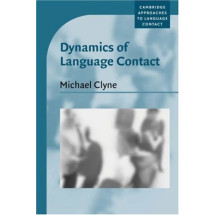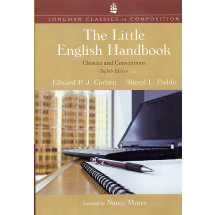The new and updated edition of this bestselling introductory textbook is a comprehensive overview of the field of second language acquisition. In an easy-to-read, accessible style, it provides students with information about the scope of the field, but also provides background information on related areas such as first language acquisition. The book introduces students to current issues of data collection and data analysis, as well as provides an historical overview of the field, thus giving students context and perspective about how today's issues arise from earlier approaches.
Each chapter offers discussion questions and/or problems so that students can put their knowledge to use in a way that is relevant to what they have learned, but that also challenges them to go beyond what is in the chapter and to relate information across chapters.
The book covers a range of areas of second language research including sociolinguistic, psycholinguistic, and linguistic perspectives. It also includes a chapter on the lexicon and on instructed second language learning. The concluding chapter pulls the information in the previous chapters together into a coherent framework that challenges students to think about the field of second language acquisition as a whole.
Susan M. Gass, Michigan State University and Larry Selinker, NYU
Susan Gass is University Distinguished Professor in the Department of Linguistics and Germanic, Slavic, Asian and African Languages at Michigan State University. She has conducted research in a wide variety of sub-areas of second language acquisition including language transfer, language universals, second language research methods, and input and interaction. She is the author/editor of numerous books, has served as the President of the American Association for Applied Linguistics and is the President of the International Association of Applied Linguistics (AILA).
Larry Selinker is one of the original contributors to the research field of Second Language Acquisition, having introduced the concepts "interlanguage" and "fossilization" and having conducted one of the first empirical studies in "language transfer" research in 1969. Consistently seeking a more unified account which would integrate concepts of "interdialect," "interculture," and "interliteracy" with new media, he is now preparing a 40-plus year fossilization study on participants first looked at in 1964. He has held professorships at the Universities of Michigan and London and visiting professorships at various universities around the world. Currently, he is Visiting Professor at New York University and, exploring processes of "around sourcing," is helping to organize Research Production Associates.












